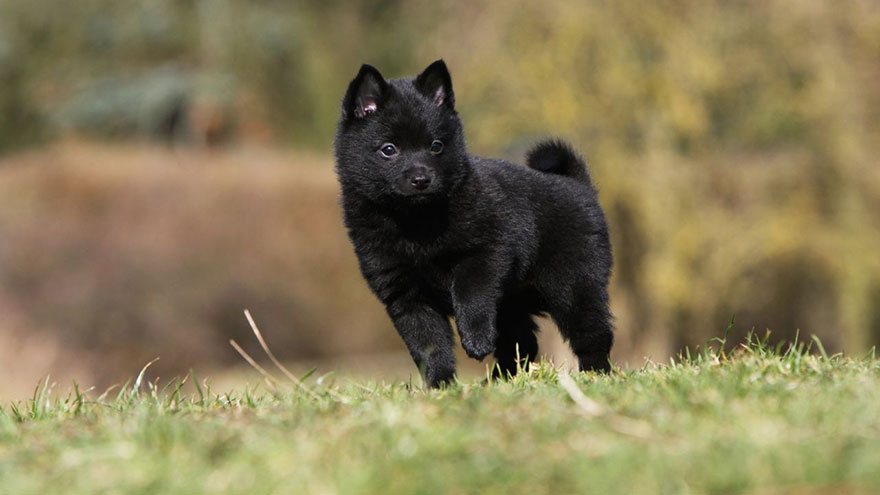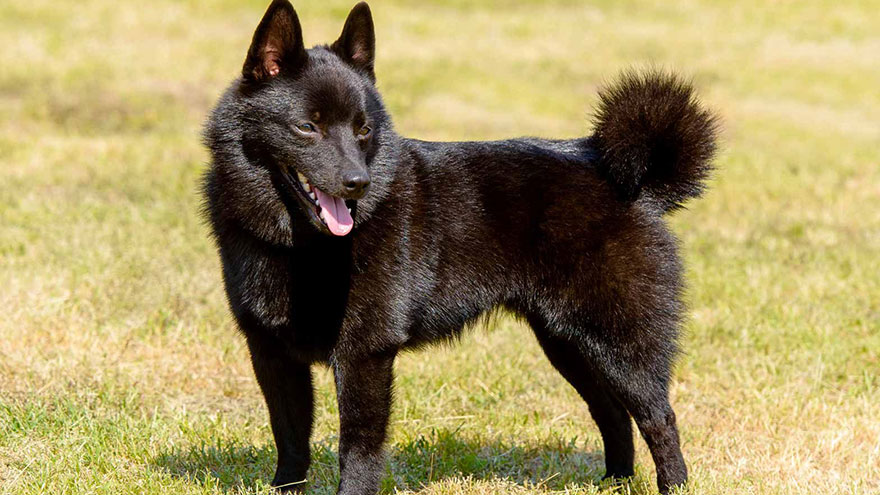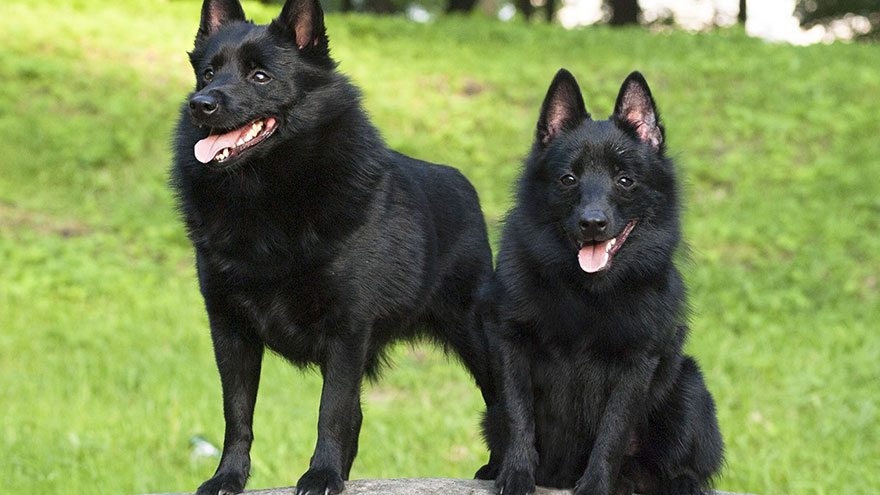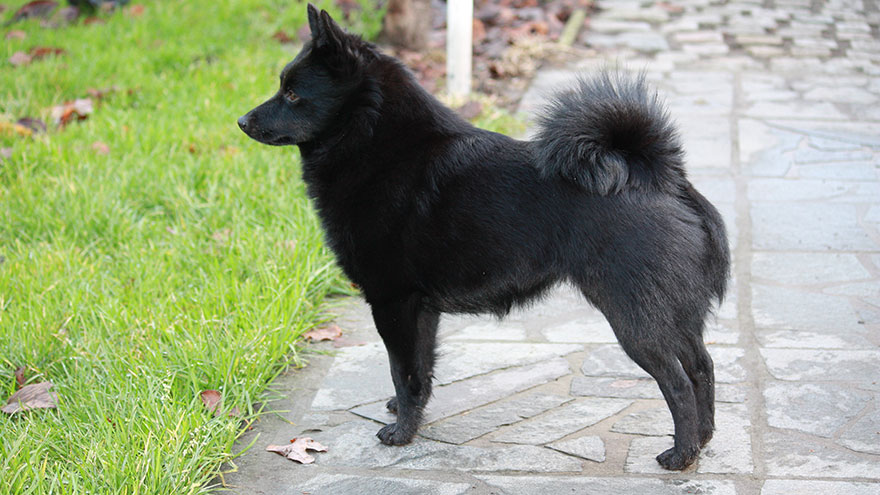Schipperke Breed Information
This small breed, the Schipperke, has a history that goes back about 300 years or more, with roots in Belgium. The Schipperke is most often black in color. In fact, black is the only color accepted for show dogs in the United States. The name was officially given to this breed more than 100 years ago. Schipperke is probably a corruption of the Flemish word Schipperke, meaning little shepherd.
The breed is also commonly known as the Belgian barge dog due to its status as a working dog on the canals of Belgium. Not only is the Schipperke a good boat dog, but the breed is also known for good herding and hunting skills. This is a breed with a strong temperament and intelligence.
Schipperke Temperament
Independent and very smart, the Schipperke can make a good companion with positive early training. However, this compact little dog can also engage the owner in a test of wills, especially if given the upper hand. The Schipperke can be very active and is quite curious, so the owner must provide plenty of attention and activity to keep this dog satisfied. The Schipperke is an excellent watchdog and wary of strangers until satisfied with the situation.
Some Schipperke dogs have been described as having a hot temper and others seem to be indifferent or aloof around the family. Nevertheless, in reality the Schipperke can be excellent with children if raised with the proper socialization and early training.
This breed has also developed a reputation as being a good companion for someone who is ill because the dog often will lie quietly at the side of the individual for long periods.

Schipperke Size and Color
The Schipperke is a rather small, stocky dog that usually weighs no more than 18 pounds. The common range of weight is 12 pounds and up. Schipperke stands about 10 inches to 13 inches at the withers, so they are a small breed.
Black is the only color accepted by the American Kennel Club for this breed. Keep in mind that Schipperke can also come in a range of tan and fawn colors as well. A Schipperke body should be compact and somewhat square in proportion when viewed from the side. The head is wedge-shaped and the muzzle is pointed.

Schipperke Feeding and Grooming Requirements
The Schipperke coat has some distinct characteristics, with different lengths depending on the location on the body. The hair is longer around the neck and along the chest and front legs. The coat lays flat on the back. Though it is rather thick, a Schipperke coat feels harsh to the touch. However, the undercoat is softer.
The American Kennel Club and other organizations recommend only some trimming of the whiskers and hair between the pads of the feet. Some combing and brushing will help keep the coat in condition. Schipperke may drop almost all of the undercoat at one time during a “coat change.”
For the Schipperke, some experienced owners recommend one good meal each day with an added biscuit or small amount of dry food at night. Many owners of various purebred dogs have moved away from lower-priced commercial foods to avoid the allergies some dogs have to grains in cheaper foods.
The Schipperke meal should probably be primarily high-quality meat products with adequate protein. It is important to avoid over-feeding the Schipperke. Providing adequate exercise is also important for this active breed.

Schipperke Exercise Needs
Giving the Schipperke an opportunity to run and play off the leash would be ideal. This small, compact breed can move very fast, however, so it is important to do this in a large, uninhabited area to avoid problems with other pets and strangers. A large, fenced yard would be ideal for the Schipperke.
With this in mind, owners should be prepared to give the Schipperke plenty of exercise, even if it is with walks on the leash.
The dogs of this breed will be very active indoors and will enjoy running around the house. Remember that this is a working breed that was often used to herd sheep and to hunt rats on the boats.

Read More About Schipperke

